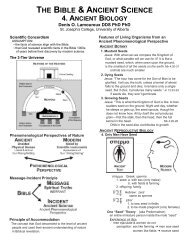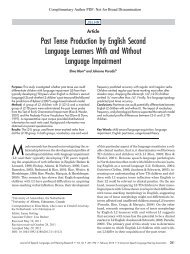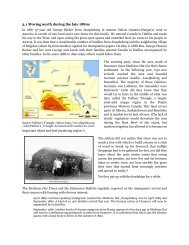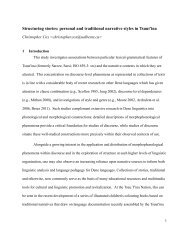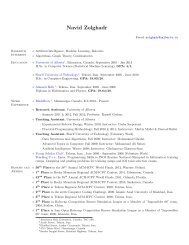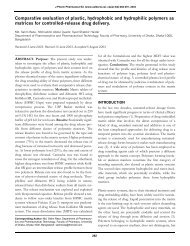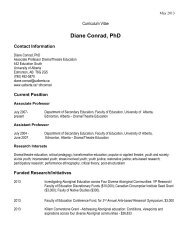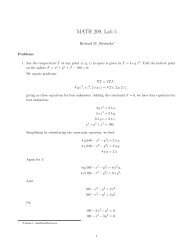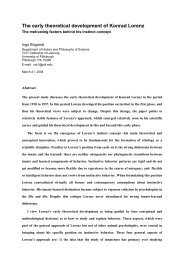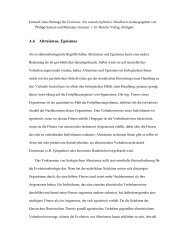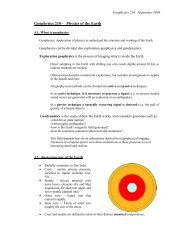Processing of Primary Fischer-Tropsch Products - University of Alberta
Processing of Primary Fischer-Tropsch Products - University of Alberta
Processing of Primary Fischer-Tropsch Products - University of Alberta
Create successful ePaper yourself
Turn your PDF publications into a flip-book with our unique Google optimized e-Paper software.
7.2.2 LTFT naphtha fuel performance<br />
Excluding the SR fuel, all these LTFT naphthas can be regarded as<br />
paraffinic. This suggested evaluating them as possible distillates. The Cetane<br />
numbers for the HT SR and the SSPD fuels are marginally below typical values<br />
found in commercial diesel. As expected, being more isomerised, that <strong>of</strong> the HX<br />
naphtha was even lower. The SR naphtha contains significant levels <strong>of</strong> both<br />
olefins and alcohols that reduced its Cetane number and it was decided not to test<br />
this fuel in the Cetane machine.<br />
The emissions and specific fuel consumption tests were carried out at the<br />
Sasol Oil R&D facilities [77]. A commercial summer grade diesel fuel produced<br />
at a South African oil refinery was also tested for comparison purposes under<br />
identical conditions. The same standard diesel fuel engine settings were used for<br />
all fuels. The results from the engine test are shown in Table 15.<br />
It is evident from their composition that these LTFT naphthas that they are<br />
far from being compatible with that high octane naphthas usable in gasoline<br />
blends.<br />
Table 15<br />
Diesel engine and emissions performance <strong>of</strong> the Sasol SPD naphthas<br />
Sasol FT Naphtha<br />
SR HT SR HX SSPD<br />
Engine Mercedes Benz 407T<br />
Test condition 1 400 rpm<br />
Load 553 Nm<br />
BSFC (Brake Specific Fuel<br />
Consumption), g/kWh<br />
216.4 206.2 201.5<br />
CO emissions, g/kWh 0.87 0.79 1.03<br />
CO2 emissions, g/kWh 668.1 676.1 698.9<br />
Hydrocarbon emissions,<br />
g/kWh<br />
0.398 0.373 0.445<br />
NOx, emissions g/kWh 13.59 12.55 12.47<br />
Bosch Smoke Number 0.32 0.37 0.31<br />
South<br />
African<br />
Diesel<br />
206.8 216.8<br />
0.83 1.11<br />
670.1 700.9<br />
0.301 0.138<br />
12.55 16.99<br />
0.37 0.67<br />
7.2.3 LTFT naphtha as a blending component<br />
Petroleum refiners producing diesel fuels for cold weather specifications usually<br />
change the boiling points <strong>of</strong> their fuels to improve their cold flow characteristics,<br />
making them compatible with low temperature operation. This results in lower<br />
production volumes, not only <strong>of</strong> diesel fuels but also <strong>of</strong> other light products. The<br />
characteristics <strong>of</strong> the Sasol synthetic naphthas suggested its possible use in<br />
blends with diesel fuels suitable for low temperature operation.<br />
525



